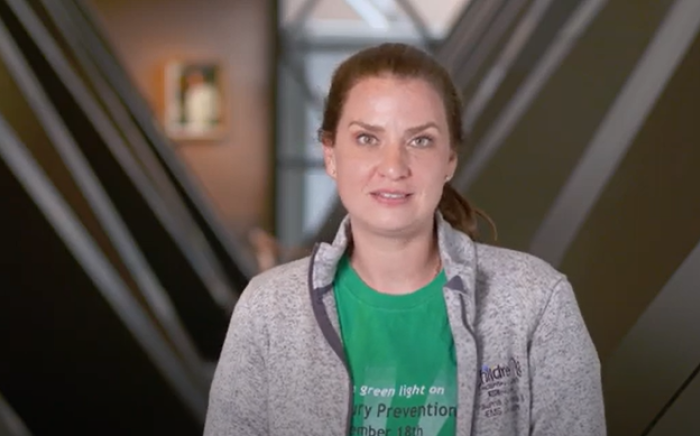Overview
Eyelid lacerations are cuts to the eyelid. They are caused by trauma.
Causes
The most common causes in children include dog bites and handlebar injuries. They also include collisions with sharp objects while running. Sharp objects can include sticks, thorns, retail display hooks, and nails.
In teens, the most common causes include trauma from fist fights, eye gouging, and ball sports.
Risk Factors
Males are more likely to get this injury than females.
Symptoms
Symptoms can happen a bit differently in each child.
Some lacerations only affect the eyelid. Your child’s only symptom may be bleeding. Other lacerations may affect the eye itself.
Your child should see a healthcare provider right away if he or she has any signs of an eyelid laceration.
Diagnosis
Your child's healthcare provider will look closely at your child’s eye to check for damage. Your child may need to see an eye healthcare provider for further evaluation.
Treatment
Treatment will depend on your child’s symptoms, age, and general health. It will also depend on how severe the condition is.
Stitches
If your child’s healthcare provider says the laceration is simple, he or she will stitch (suture) it. Before your child gets stitches, he or she may need local numbing medicine (anesthetic drops) in the eye. The anesthetic may also be injected into surrounding tissue. Younger or uncooperative children may need medicine to calm them (sedation) or general anesthesia before getting stitches.
Further evaluation
If your child has a large laceration, he or she will need to be checked by an eye healthcare provider. Your child may also need to see an eye healthcare provider if the laceration affects his or her eye.
Plastic surgery
If your child has a full-thickness lid laceration, he or she may need plastic surgery. This is done if the laceration affected your child’s eye muscles or other parts of the eye.
Key Points
- Eyelid lacerations are cuts to the eyelid. They are caused by trauma.
- The most common causes in children include dog bites and handlebar injuries. They also include collisions with sharp objects while running.
- Your child may need stitches.
- If your child has a larger laceration or if it affects his or her eye, your child may need to see an eye healthcare provider.
- In severe cases, your child may need plastic surgery. This is done if your child has a full-thickness lid laceration.
Next Steps
Tips to help you get the most from a visit to your child’s healthcare provider:
- Know the reason for the visit and what you want to happen.
- Before your visit, write down questions you want answered.
- At the visit, write down the name of a new diagnosis, and any new medicines, treatments, or tests. Also write down any new instructions your provider gives you for your child.
- Know why a new medicine or treatment is prescribed and how it will help your child. Also know what the side effects are.
- Ask if your child’s condition can be treated in other ways.
- Know why a test or procedure is recommended and what the results could mean.
- Know what to expect if your child does not take the medicine or have the test or procedure.
- If your child has a follow-up appointment, write down the date, time, and purpose for that visit.
- Know how you can contact your child’s provider after office hours. This is important if your child becomes ill and you have questions or need advice.












